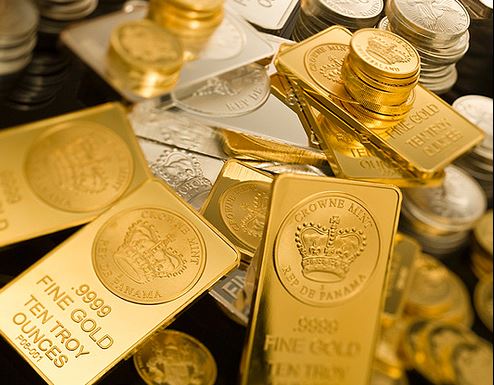Financial Times

By Joe Morris –
Jeremy Grantham, chief investment strategist at GMO, views phosphate fertiliser as a superior ‘rainy-day investment’. The blunt criticism of gold as the classic bunker asset – that after all you cannot eat it – could never be made against phosphate. No one can eat without phosphate. Largely for that reason, Jeremy Grantham, chief investment strategist at GMO, the US fund manager, views the fertiliser constituent as a superior “rainy-day investment”.
Neil Woodford ‘Pied Piper’ of Aim “It is a bit like people carrying the odd 2 per cent gold in their portfolio,” says Mr Grantham, who started one of the world’s first index funds in the early 1970s. “A small position in the phosphate reserve of a safe country would feel to me very much like that 2 per cent gold position, but actually better.” Better because demand for phosphate – one of three crucial fertilisers, with nitrogen and potassium – is growing and ultimately insatiable, while its supply is highly concentrated geographically. About three-quarters of the world’s reserves of phosphate rock (50bn tonnes) is found in Morocco and the contested region it controls, Western Sahara.
In Mr Grantham’s eyes, Morocco’s proximity to political turmoil in Egypt, Libya and Mali raises the potential of such instability sweeping in and curtailing production indefinitely. “If Morocco [production] went to zero and everyone knew it was going to stay there for a long time, this would be one of the defining problems that we would be living with,” says Mr Grantham, even allowing for the discovery of reserves elsewhere. “You could make the case that Morocco is something of an exception in the Arab world, being pretty stable for a long time. And with a bit of luck it will stay in good shape,” he says. “It is just that the risk of being surrounded by so many failing states [persists] . . . If they remain unstable or get worse, then Morocco just has to be kind of an island and maintain its stability.” By Mr Grantham’s estimate, “peak non-Moroccan phosphate” would occur in about 30 years. “I am sure the Chinese military and US military are well aware of this, but of course one never knows,” he says. Despite the risk, phosphate pricing does not account for such potential supply constraints. “Thirty years is such a long time anyway, and the pricing of raw materials is so flaky – it is priced on the cost of producing the marginal term – that I think longer-term geopolitical considerations have sunk below the surface,” says Mr Grantham, who is also the co-founder of GMO.
Phosphate traders do not share Mr Grantham’s concerns, largely because of large-scale mining in China, South America and especially Saudi Arabia. “Saudi is emerging as a major, major phosphates producer,” says Mark Gulley, an analyst at BGC Financial. One of the country’s most ambitious projects, a joint venture between Saudi Arabian Mining, Saudi Basic Industries Corp and Mosaic, the US fertiliser company, is projected to generate capacity of 3.5m tonnes annually when it begins production in 2016, against global demand of 65m to 70m tonnes. The world’s phosphate supply also extends well beyond known reserves.
The US Geological Survey estimates total ”resources” – including unproven reserves – at 300bn tonnes, much of it on continental shelves and seamounts in the Atlantic and Pacific. Theoretically, all of it is recoverable, says Stephen Jasinski, a mineral commodity specialist at the USGS. “If supply was cut off, there are ways of getting it,“ he says. “It might cost more, but you can recover it somehow.” Charles Nievert, an analyst at Cowen Securities, the investment banking firm, says if Morocco’s reserves were to be held hostage, history suggests no one would pay the ransom. He cites the pricing brinkmanship of the cartels selling potash. Their price hikes, beginning in 2007, spawned a wave of new production and, subsequently, the disbanding of two of the cartels, Belarusian Potash and Phosphate Chemicals Export Association. “You can have a lot of power over pricing; the question is, how much do you want to use it?” he says. “They overplayed their hand because, in their head, potash was an absolute necessity and no one could say no and there was no real top price, but they found out they were wrong.” Another consideration for safe-harbour investors is that even in the freest of markets, phosphate pricing has proved anything but stable, or appreciative. “Pricing in crop nutrients always is going to be volatile”, driven by a range of factors, such as the grain cycle as well as the price for ammonia and sulphur, the raw materials used in phosphate production, Mr Gulley says. Fertiliser stocks are “extraordinarily poor performers relative to any of the markets,” Mr Nievert says. In spite of Mr Grantham’s advice for individual investors, GMO has not adapted its portfolios for peak non-Moroccan phosphate. “It does not play much of a role there [in GMO portfolio management],” he says. “This is just one of those several things that can go very wrong that prudent managers always carry on the back burner.”






